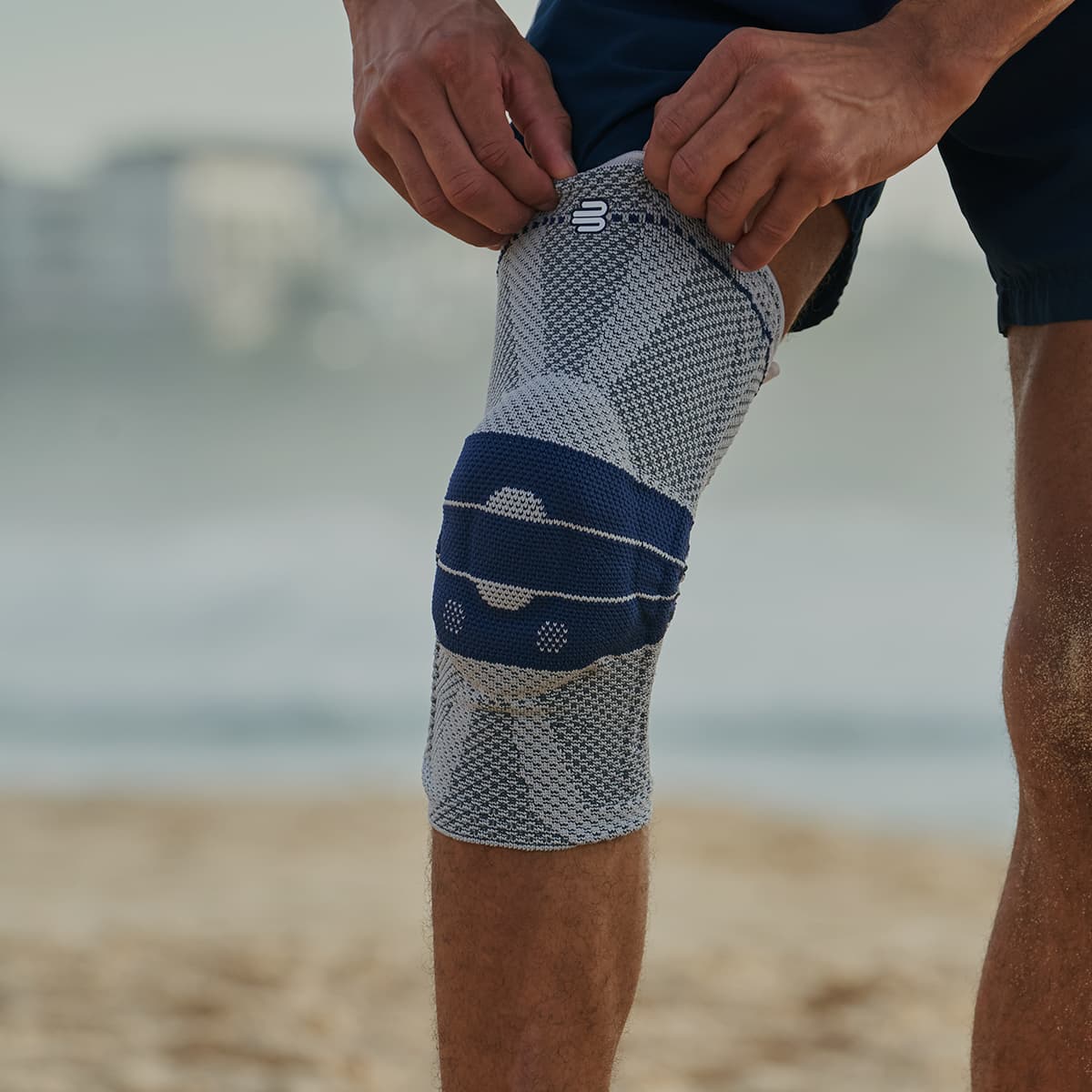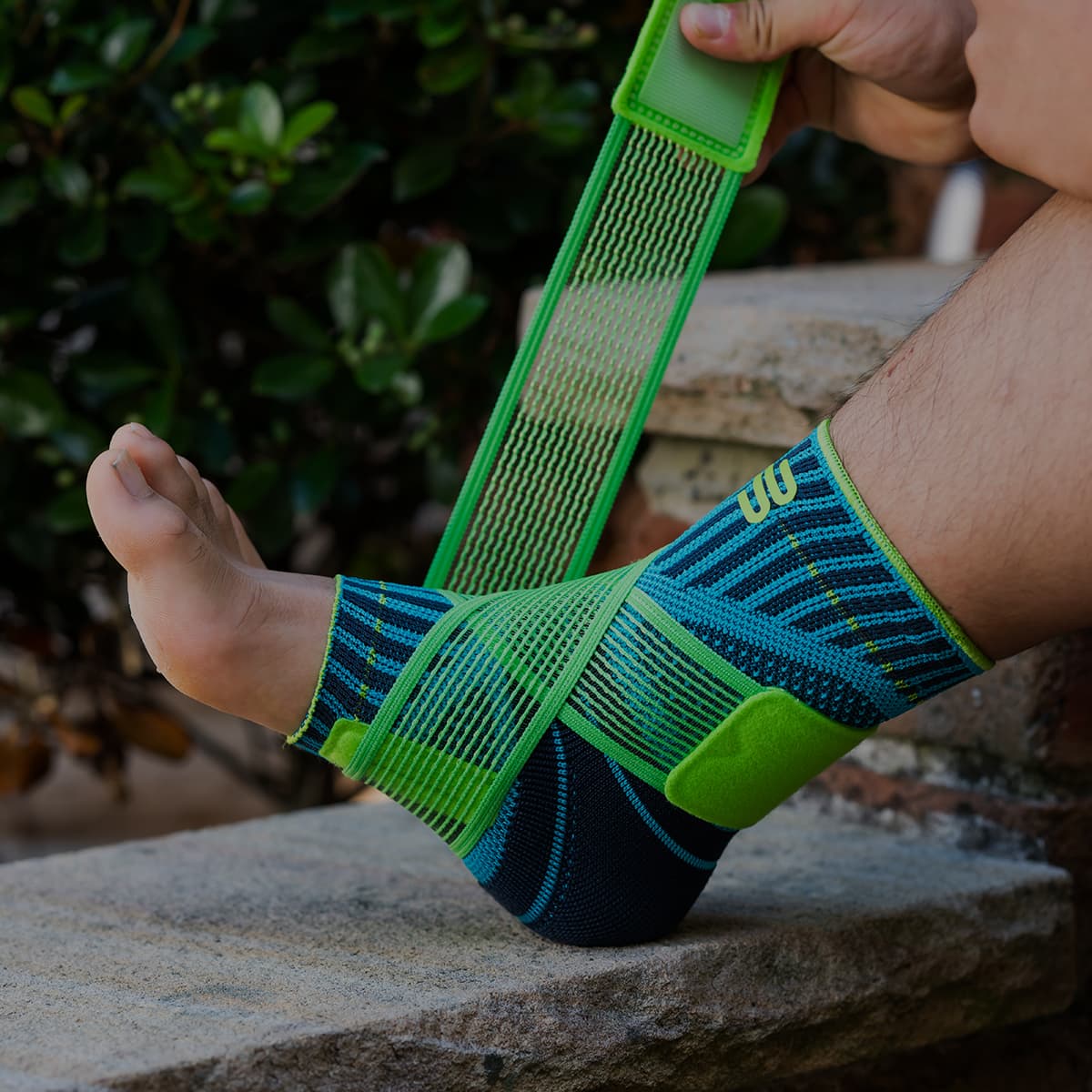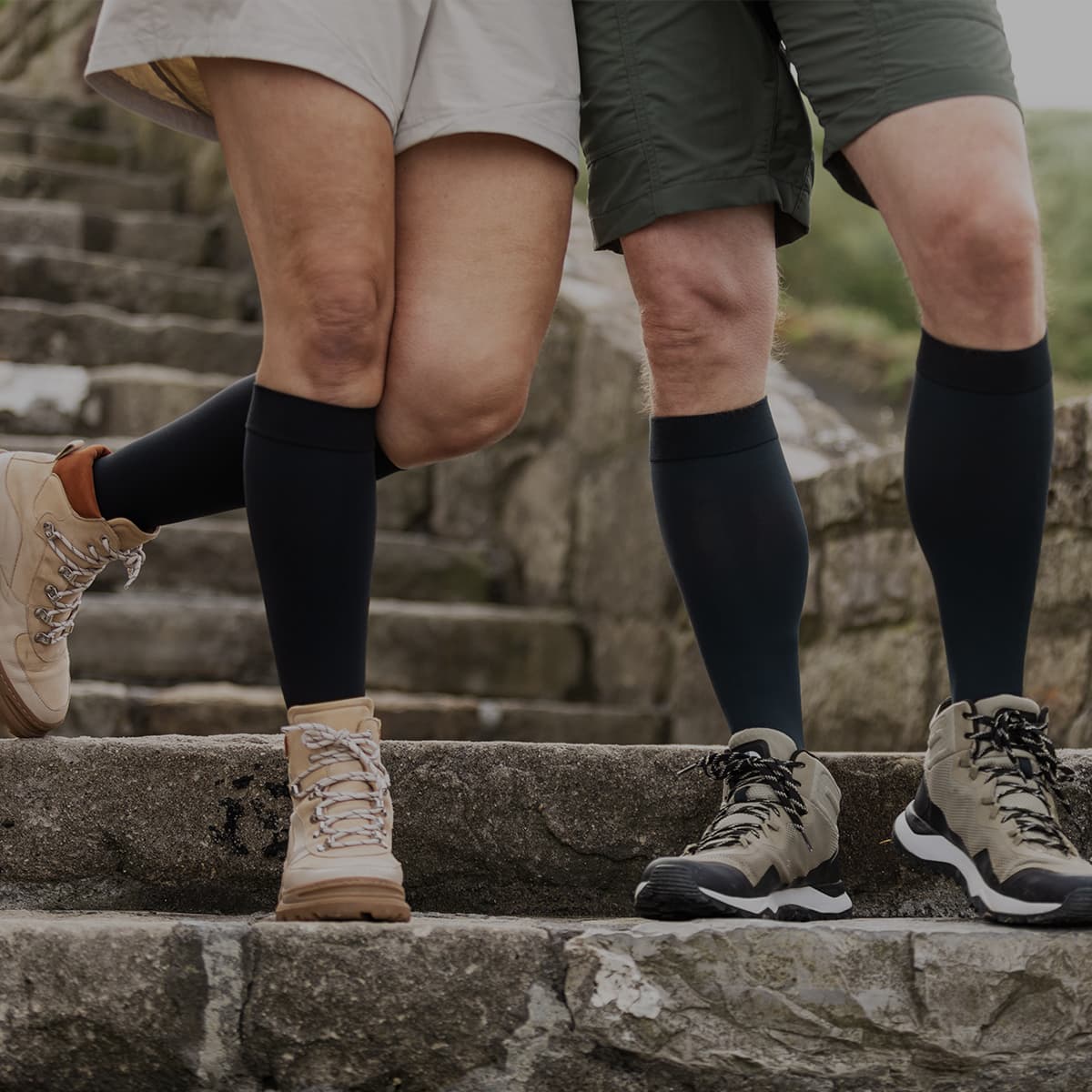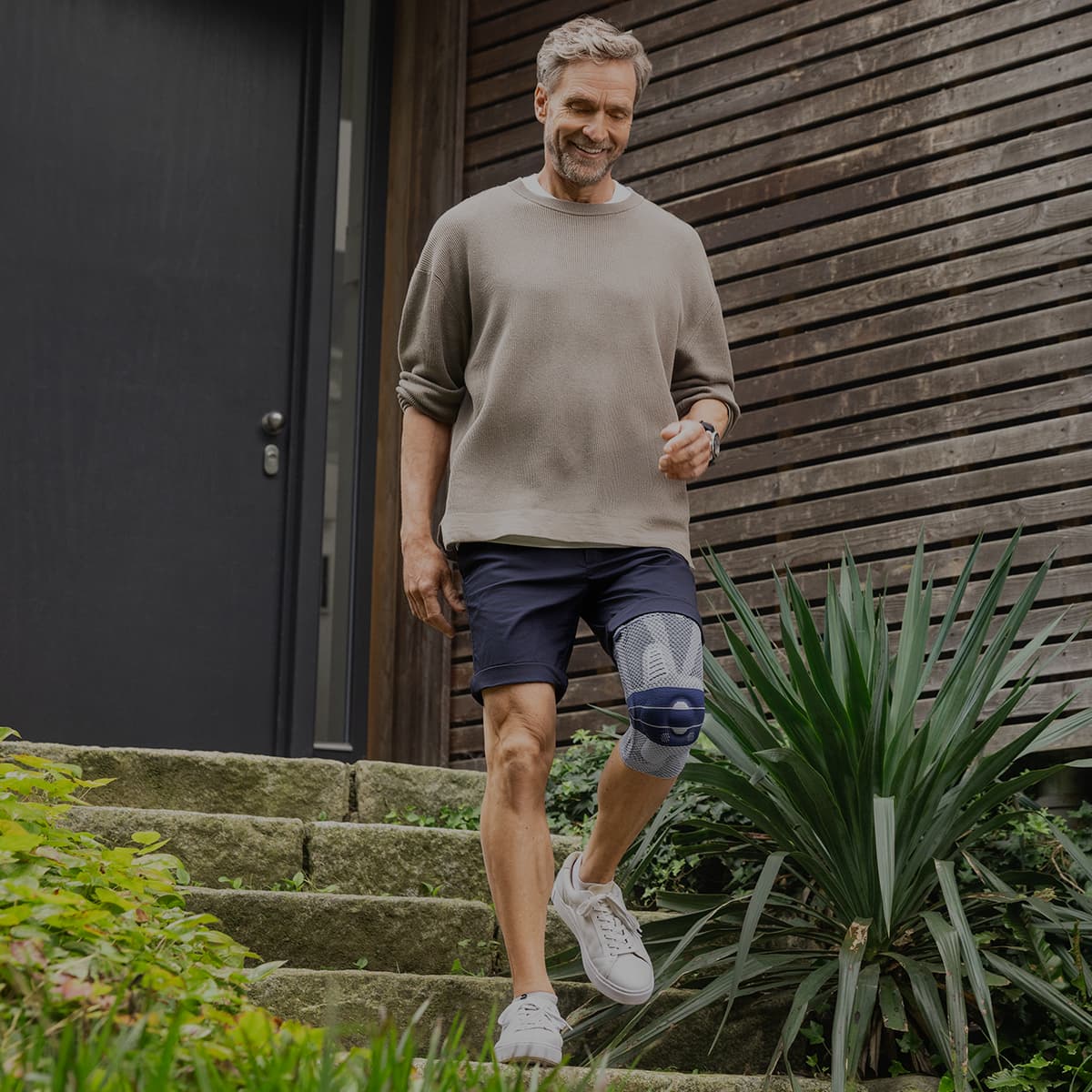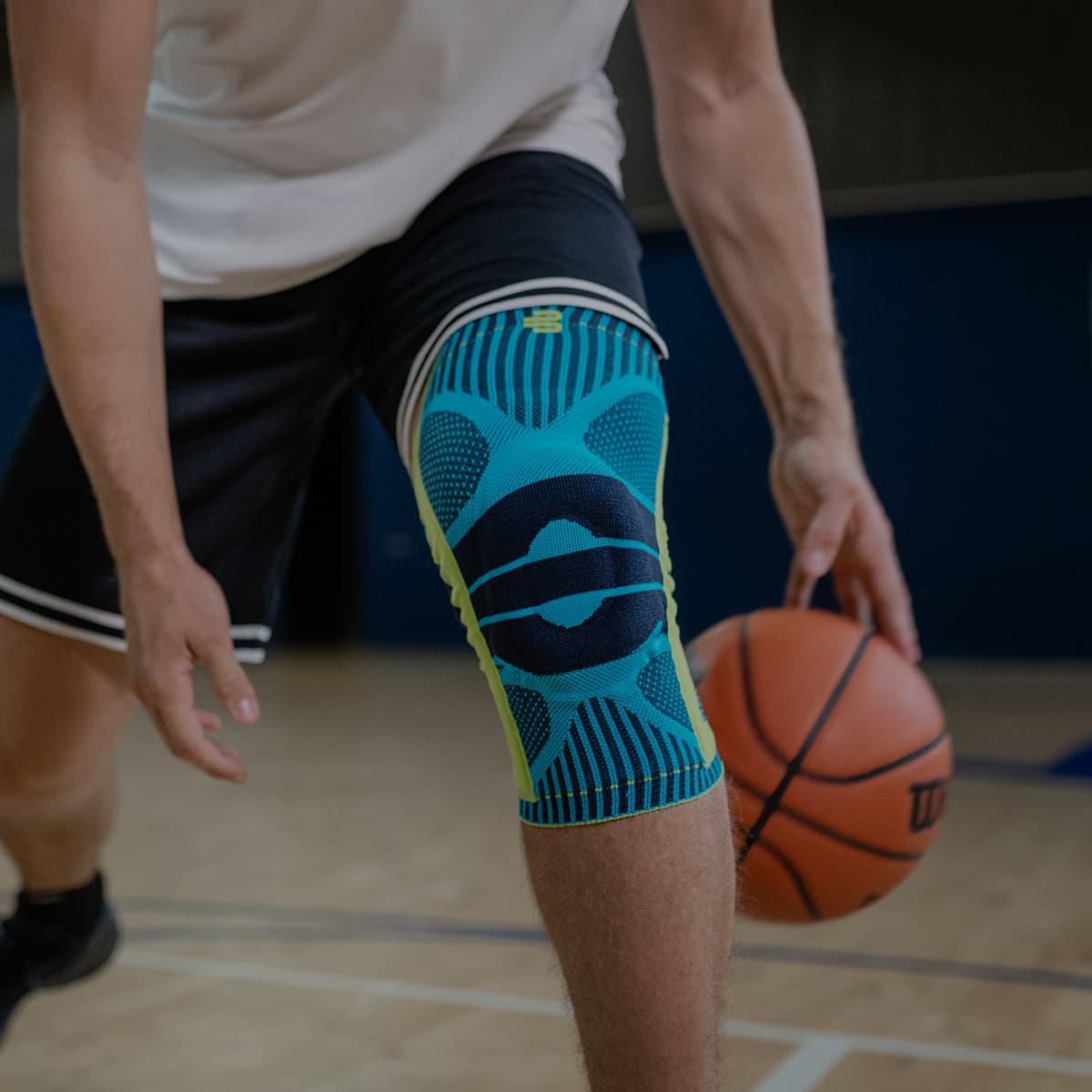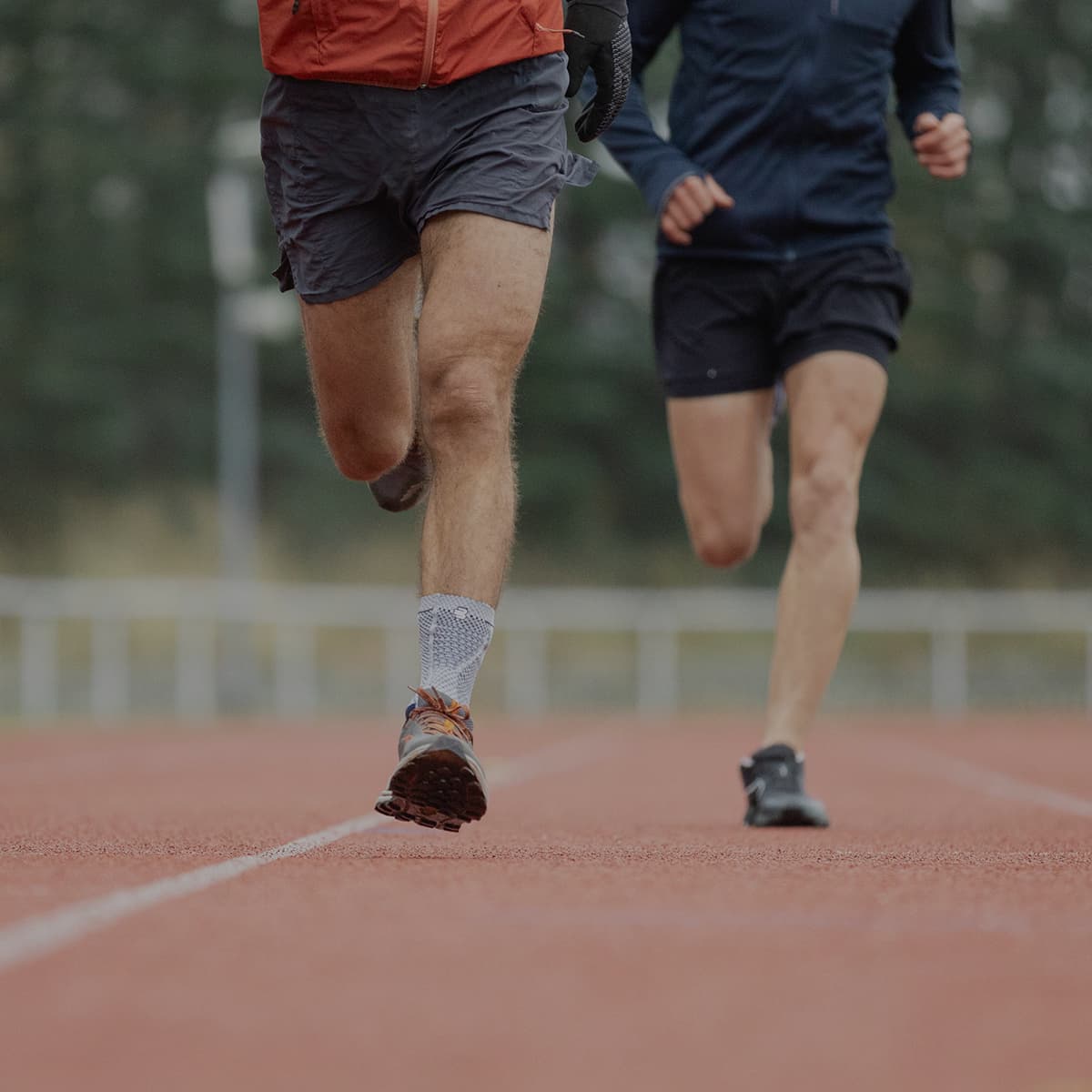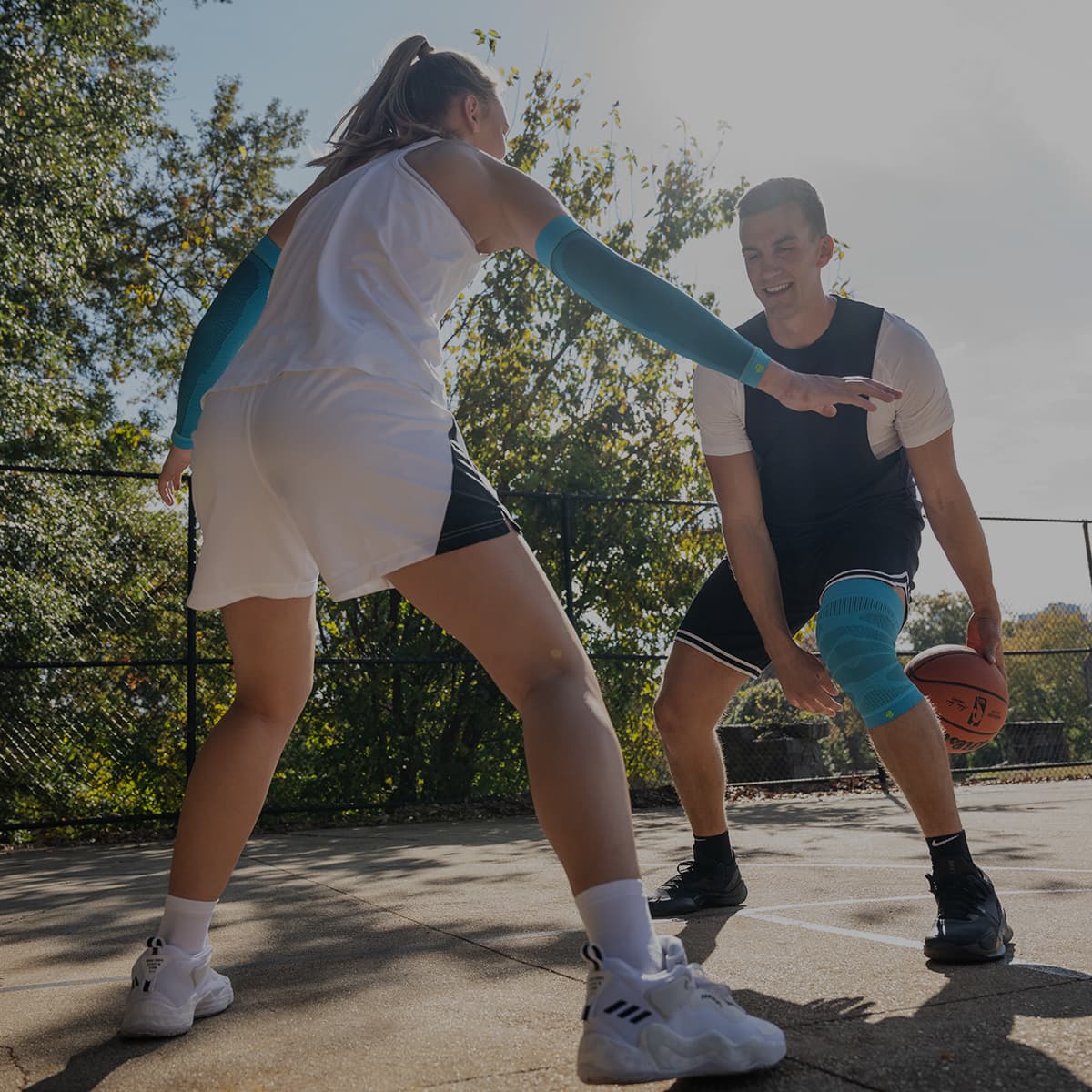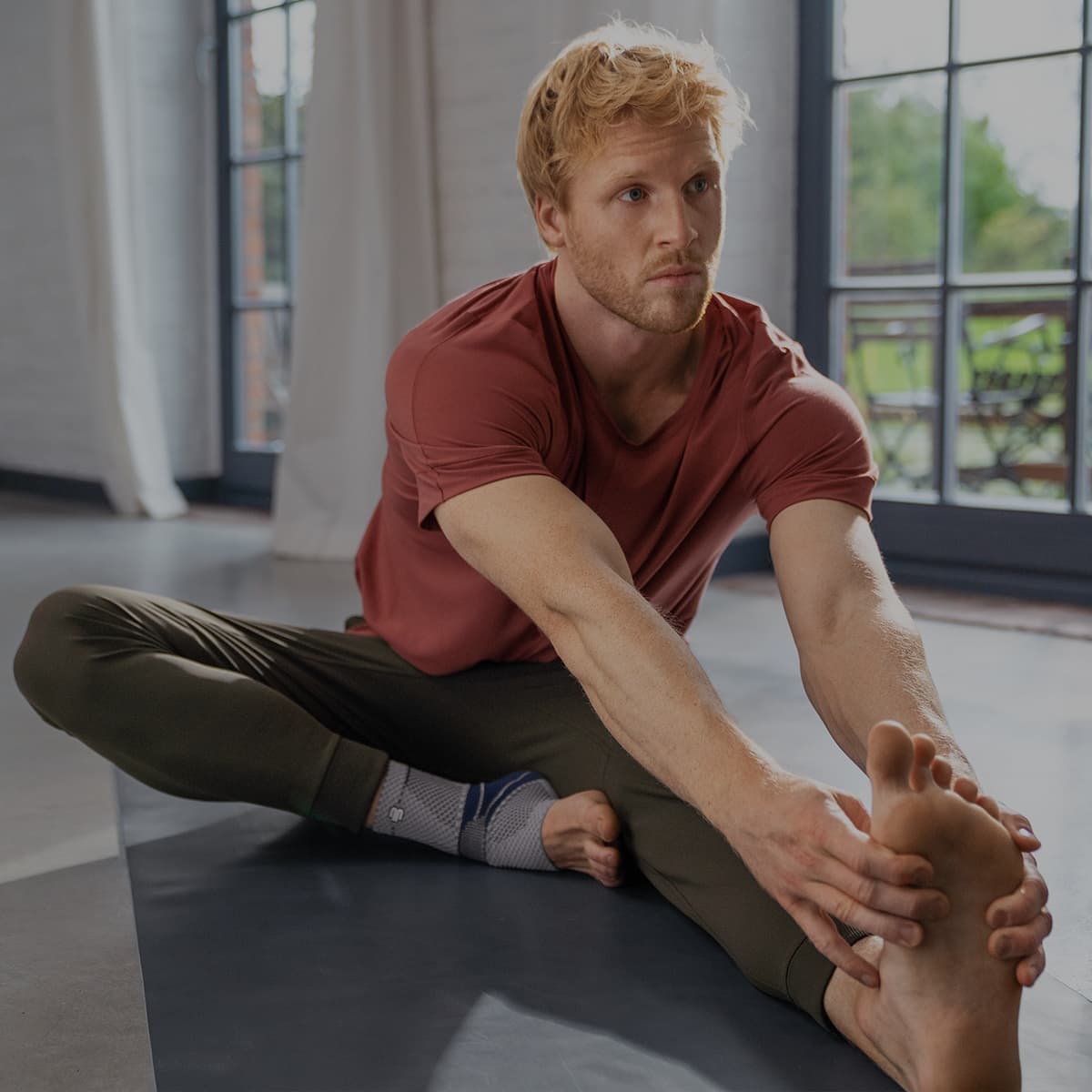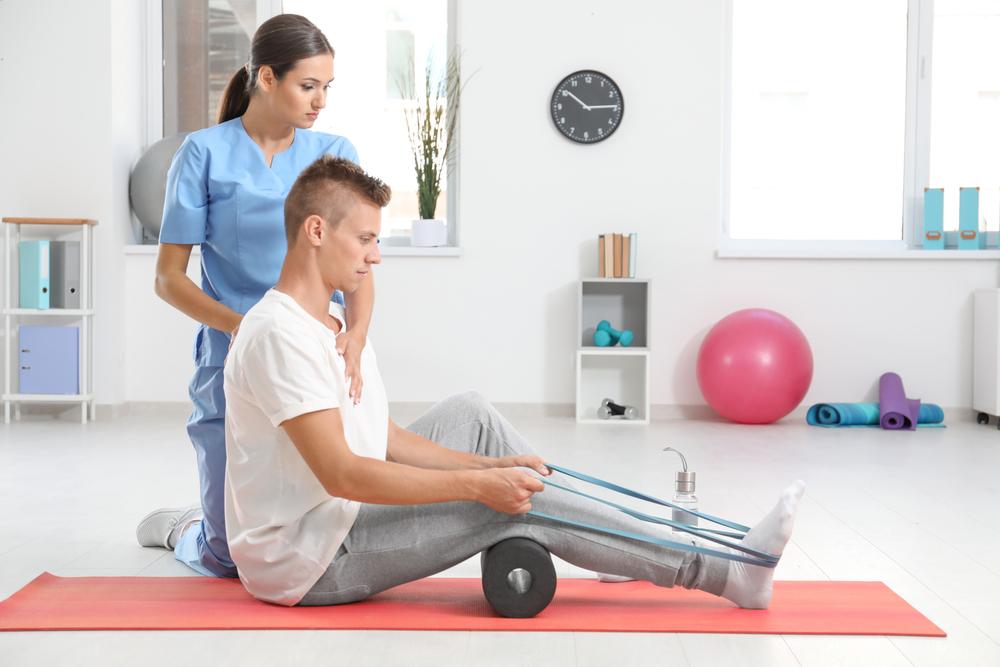If you’re someone who is active, it's likely you have experienced an injury at one point or another. Injuries are common, particularly in contact and high intensity sports. They can also happen if you don't warm up properly before exercising. Although the range and type of injuries are varied, there are some common ways to help any with recovery.
Common sports injuries
- Soft tissue injuries (sprains, strains).
- Joint injuries (shoulder, elbow, knees).
- Bone injuries (bone fractures).
Note: In cases where the pain from injury is increasing in severity, where you start to feel numbness, please seek immediate medical attention.
Check out our Injury Hub for more tips and advice.
3 Tips for Injury Recovery
1. RICE
You’re probably familiar with the acronym RICE. It stands for rest, ice, compress, and elevate. The principle of RICE is the most effective for treating injury.
Rest – It is one of the most helpful ways to start your recovery process. Take a break from any activity that may be causing your pain and your soreness.
Ice – Ice will reduce pain and swelling. Apply an ice pack for 10 to 20 minutes at a time, it will help with the swelling by reducing blood flow to the area of injury. Do not apply ice directly to the skin. Place a towel over the ice pack before applying it to the skin.
Try wearing a Bauerfeind support that has in-built gel support, such as the EpiTrain Elbow Brace, it can be placed in the fridge beforehand and worn like a cold compress. The gel support is made from viscoelastic gel, and contain special nodes that help stimulates and soothe the injured area.
This same technology is also available in knee braces.
Compression – Using a compression around the injured area can help minimise swelling by preventing the build up of fluid. It can also help ease pain by providing extra support.
Bauerfeind has been researching and developing compression for almost a century, which have led us to produce world leading compression. Our medical grade compression is a specific standard of compression that applies set levels of pressure on different parts of the body to improve blood circulation, which reduces swelling on the injured area.
Elevate – Elevate the injured area when you are lying down or sitting down, to keep pressure off the injured area.

2. Diet and Nutrition
In addition to reducing inflammation, a healthy diet can help recover from an injury by preserving muscle mass.
Increase the intake of fruits and vegetables as they have antioxidants which can help your body heal. Protein is also important to retain muscle mass before you can go back to being active.
3. Exercise
While an injury can be frustrating and painful, it doesn’t necessarily have to hold you back from exercising.
When done safely, exercising plays a huge role in accelerating healing. At least allow 72 hours to allow adequate time before going back to low intensity exercises.
As long as you have clearance from your physician or your physical therapist, you’re good to go.
It is also beneficial to wear a braces or supports to prevent further injury when exercising. Bauerfeind has a range of high quality braces and supports which are designed to provide stability and support through targeting structural imbalances of the knee, along with providing pain relief.
If you require assistance selecting the right product for your needs, book a video consultation with a Bauerfeind expert: Book Video Call, or call us on 1300 668 466
Do you have private health? Most private health extras will cover Bauerfeind Products, check to see if yours is included. Bauerfeind Private Health Insurance inquiry.
Bauerfeind products are developed at our innovation and manufacturing facility in Zeulenroda, Germany. Based on years of scientific research, our award-winning braces and support garments are highly recommended by medical professionals and athletes worldwide.

